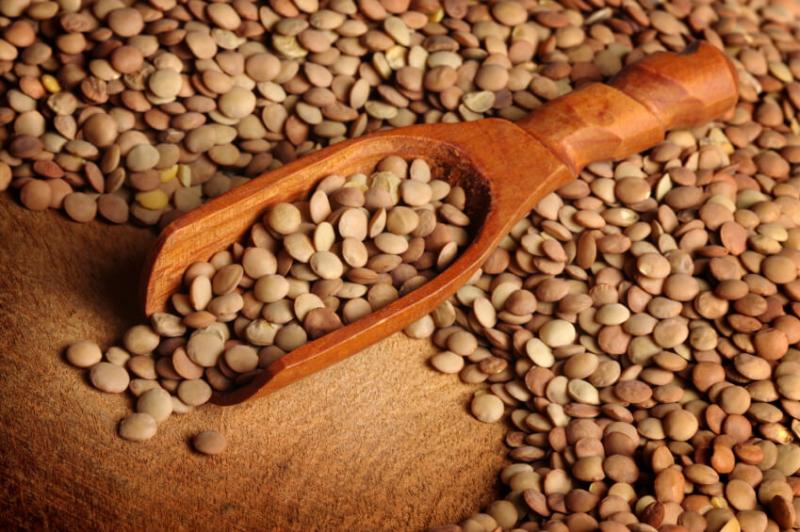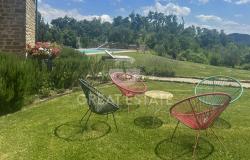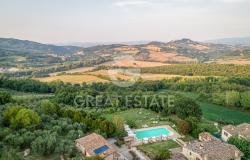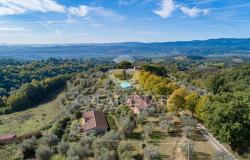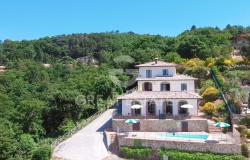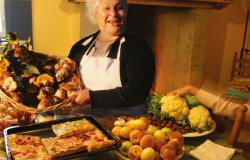Umbria’s cuisine is robust, and features a number of indigenous products, including almost forgotten legumes, black truffle, cured meats and unique vegetables.
When talking about what to eat in Umbria, legumes are a must, beginning with the lentils from Castelluccio di Norcia, among the best in the world: with a thin cuticle, they're small and full-flavored. Umbria is still cultivating a number of legumes that have been abandoned everywhere else in Italy; for example, the roveja, similar to peas. It has a dark green color and is used to make polenta, giving it an intense and slightly bitter flavor. Two more little-known must-try legumes are the risina of Spello, a tiny, delicately-flavored bean, and the irregularly-shaped cicerchia, perfect for soups.
Moving to cereals, farro in Umbria has been used since time immemorial. The one you need to try is the farro of Monteleone di Spoleto, considered among the best in Italy. Of the Triticum Durum Dicoccum variety, this cereal is rich in selenium and antioxidants and works great with soups and salads.
It is especially in the areas around Spoleto and Norcia that black truffle abounds; it is best savored warmed up and spread on bruschetta and grilled bread, or mixed within frittata, potato flans, and local pasta such as strangozzi, hand-made pasta similar to fettuccine (but no eggs).
In Norcia and surrounding area, you’ll see many shops with the sign ‘norcineria’: this is where you’ll find cured meats of the local tradition, such as prosciutto, coglioni di mulo (mule’s balls, so called because they are oval-shaped and tied in pairs; they’re obtained from the lean meat of the pork that is finely ground and stuffed into the animal’s natural case); coppe, capicolli, lonzetti, finocchielle, and salame corallina, all made with pork meat. Mazzafegati is a type of bittersweet sausage made with pork liver, pine nuts, raisins, pepper and orange rind (didn’t I say Umbria’s cuisine is robust?). Porchetta is another meat specialty of Umbria, cooked in a wood-fired oven, obtained by pigs raised in the wild and fed on the acorn of the local woods.
A land where sheep is widely bred, Umbria boasts good pecorino cheese, with the most renowned being Subasio of Assisi, and cenerino, aged for 40 days then covered with a layer of wood ash which dries the humidity in excess and intensifies the flavor.
For vegetarians, the red potatoes of Colfiorito are a good option; they grow on the plateau by the same name and have a straw-yellow pulp; they’re even used to make sweet ring-shaped cakes.
To conclude our round-up of what to eat in Umbria, the region’s olive oil is said to be among the best in Italy. The production is very limited, so take advantage while you’re in the area.
Have you been to Umbria? What was your favorite dish?
